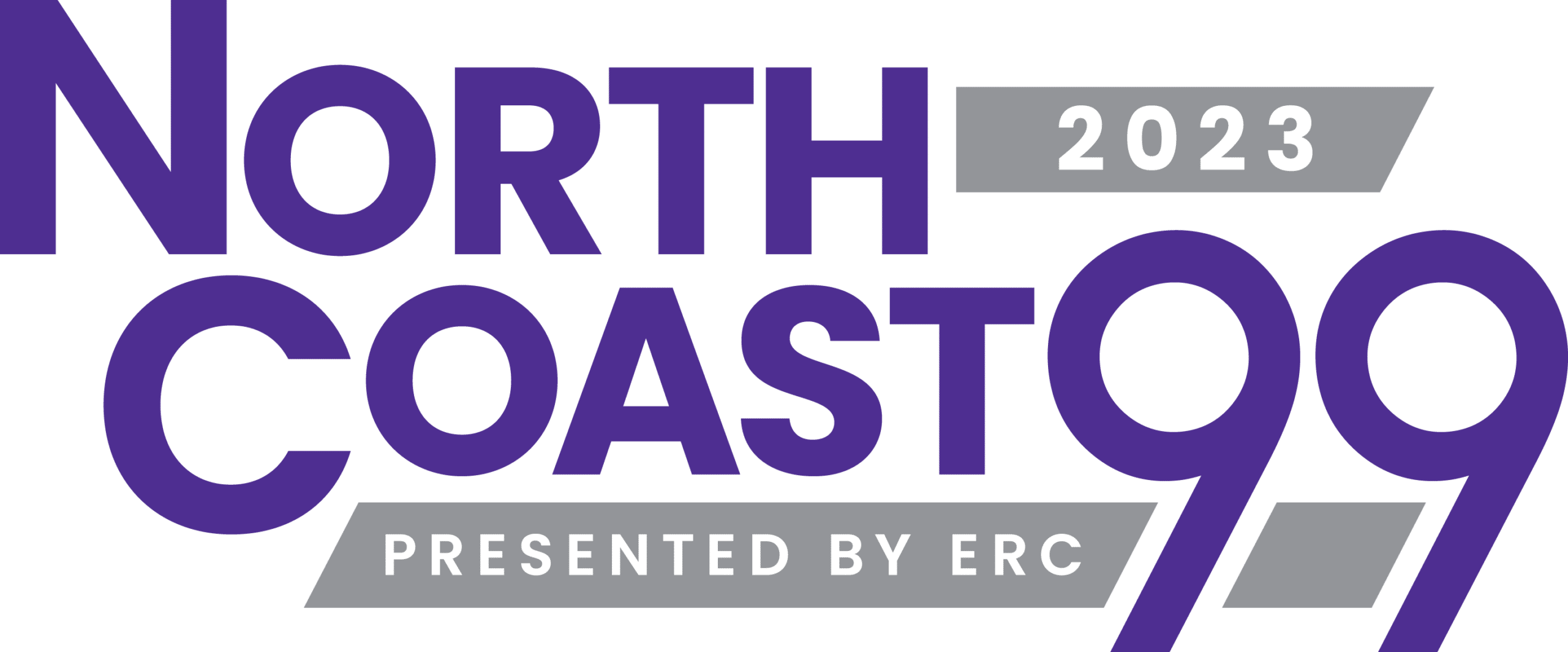When it comes to business valuation, the methodology used to reach a valuation matters. The value of a tire manufacturer that has been in business for 70 years, with national distribution and a stable customer base, should not be determined by the same method used with a cloud-based ride-sharing business that is less than 10 years old.
The appropriate method – or a combination of methods – for a business valuation is influenced based upon the specific facts and circumstances of the underlying subject being valued and the purpose of the valuation. The documentation of the conclusion from the valuation engagement should support which methods were chosen to use and more importantly, which such methods were considered.
The most commonly accepted business valuation methods are generally grouped into the following categories
Income approach
With the income approach, the focus can be on income statements, net income or cash flow. The valuation professional performs an analysis of potential economic benefits of the business and the risks associated with it. The income approach can be used to determine either a controlling or minority interest position, as well.
The income approach encompasses two different methods:
- The capitalized earnings method is appropriate when the business is stable from the standpoint of operations, revenue, earnings, and customer base and such stability is anticipated on a forward looking-basis. This method looks at a single representative estimate of benefit as being representative of the company’s future potential, which may be for an isolated year or an average of several years. The key is that those forecasted benefits will grow at a moderate and stable rate into future periods.
- The discounted earnings method is appropriate when a business may experience some volatility in the immediate future that then stabilizes. The anticipated volatility for revenue or profit can be the result of any number of factors that may skewer the results for a given year, and needs to be considered as a temporary occurrence as opposed to what will happen into the long-term for the business. Developing reasonable projections are a key factor in this methodology.
Market approach
The market approach involves determining the value of a business or business interest by utilizing certain pricing data that is derived either from publicly traded company information or other resources that report the sales in private company transactions. The use of the market approach, comparable to the income approach, can provide a result of value that is stated either on a control or non-controlling basis. The key to this approach is the ability to find companies that are either similar to the company being valued or that have other similar characteristics or elements as the subject and would subject to the same types of risks. Various guidance as well as court cases have provided what types of criteria may result in a company being considered a good proxy to the subject entity.
Asset approach
The asset approach is most appropriate when valuing a holding company or capital asset intensive company, or when valuing a controlling interest. Asset methodologies are balance sheet driven and involve adjusting individual assets and liabilities on the subject company’s current balance sheet items to defined values. The weaknesses of the asset approach are that it may not value the intangible assets of a company, such as goodwill, or focus on income generated by a company’s assets as a whole.
The cost or asset approach is applied in the valuation of a broad range of different assets. The valuation of tangible assets considers that certain assets have a fair market value that differs from their book value on the balance sheet. This approach presents the value of all the tangible and intangible assets and liabilities of the company at their fair market value.
Within the asset approach, an expert may utilize the adjusted net asset value (“ANAV”) method which reflects the amount a controlling ownership interest could liquidate the underlying assets and liabilities (without consideration for any transaction or selling costs). The ANAV is the sum of the total market value of a company’s assets minus its liabilities. This approach is sometimes used in the valuation of operating companies where the value of the underlying assets is greater than the value of the business as reflected by the earnings or cash flows being generated from such assets. Should an asset approach be incorporated in an engagement to value a non-controlling interest, there may a necessary application of a valuation discount to reflect the limitations and economic disadvantages that a minority owner may be subjected to.
If you would like to start the process of a business valuation for your company, contact your Barnes Wendling advisor to set up a meeting with our business valuation specialists.
Related Insights
Featured Post

Featured Client Testimonials
BW is a true partner to us. Their knowledge, expertise, and service are a valuable resource to us and play an important role in our success!
John Allen - Vice President of Finance, Kaufman Container
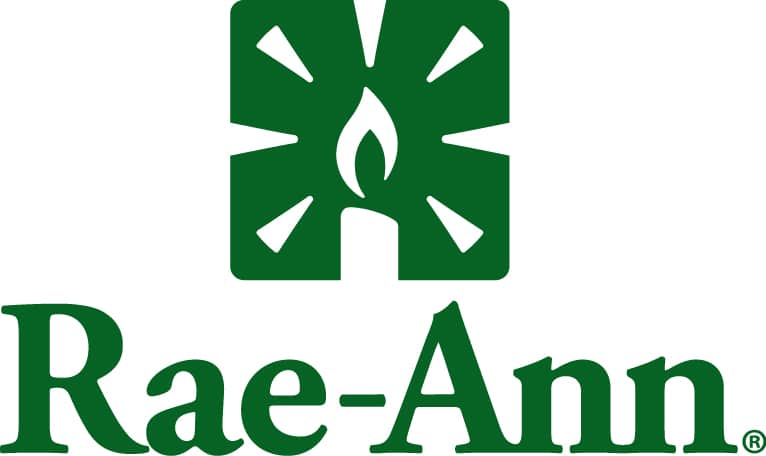
Featured Client Testimonials
I appreciate the exceptional tax advice we received over the years. The (BW team) has a good grasp of our business needs. Thank you for your excellent service.
John Griffiths - Owner, Rae Ann, Inc.

Featured Client Testimonials
The BW team has been fantastic to work with; both the team member at our office as well as at the partner level. Any issues or concerns are handled very efficiently and effectively.
Kelley Needham - Chief Executive Officer, Epilepsy Association
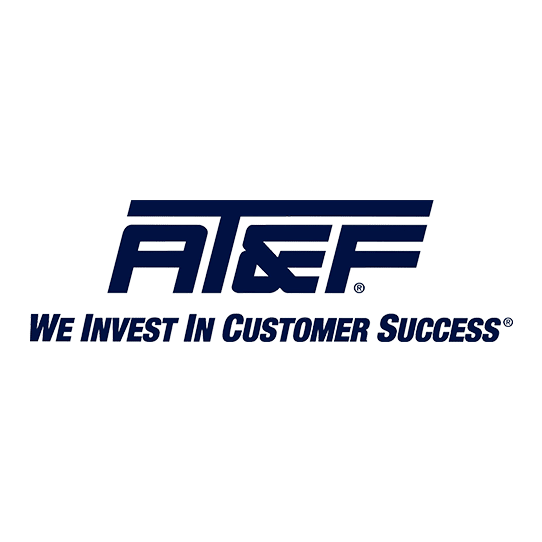
Featured Client Testimonials
Barnes Wendling has been our company accountants for over seven years. Their knowledge has been instrumental in helping us grow strategically during this time. And although we’ve seen many changes in our economy that we cannot control, we’ve always been able to trust the Barnes team to be by our side. The Barnes team feels like family. We can’t thank them enough for their support!
Christine Kloss - Controller, AT&F

Featured Client Testimonials
Barnes Wendling has been our company accountants for over 15 years. During this time, the business has grown exceptionally, and Barnes has kept pace, providing accurate, quality advice. Our finances are more efficient than ever, and the expense of hiring Barnes has been a definite positive add to our bottom line. I give my highest recommendation to their firm.
David Miller, MD - President, Retina Associates of Cleveland

Featured Client Testimonials
Barnes Wendling has provided us guidance and recommendations that have strategically helped strengthen our business and position ourselves for growth. We needed to hire a new VP of Finance and Controller this past year, and they were instrumental in helping us find the best candidates for our company.
Sara Blankenship - President, Kaufman Container

Featured Client Testimonials
We value the trust, accuracy of information, and reliability of Barnes Wendling and Mike Essenmacher personally. Mike has been instrumental as a trusted advisor on accounting, tax, and personnel issues. His advice is always accurate, and he is very reliable. His associates are also very talented.
Dominic Ozanne - President and CEO, Ozanne Construction Company

Featured Client Testimonials
We value Barnes Wendling’s expertise with all things accounting so we can operate our business using our strengths and allowing them to be our experts. They have also brought me a few business sale opportunities to allow me to grow my assets.
John Gaydosh - President and Metallurgical Engineer, Ohio Metallurgical Service
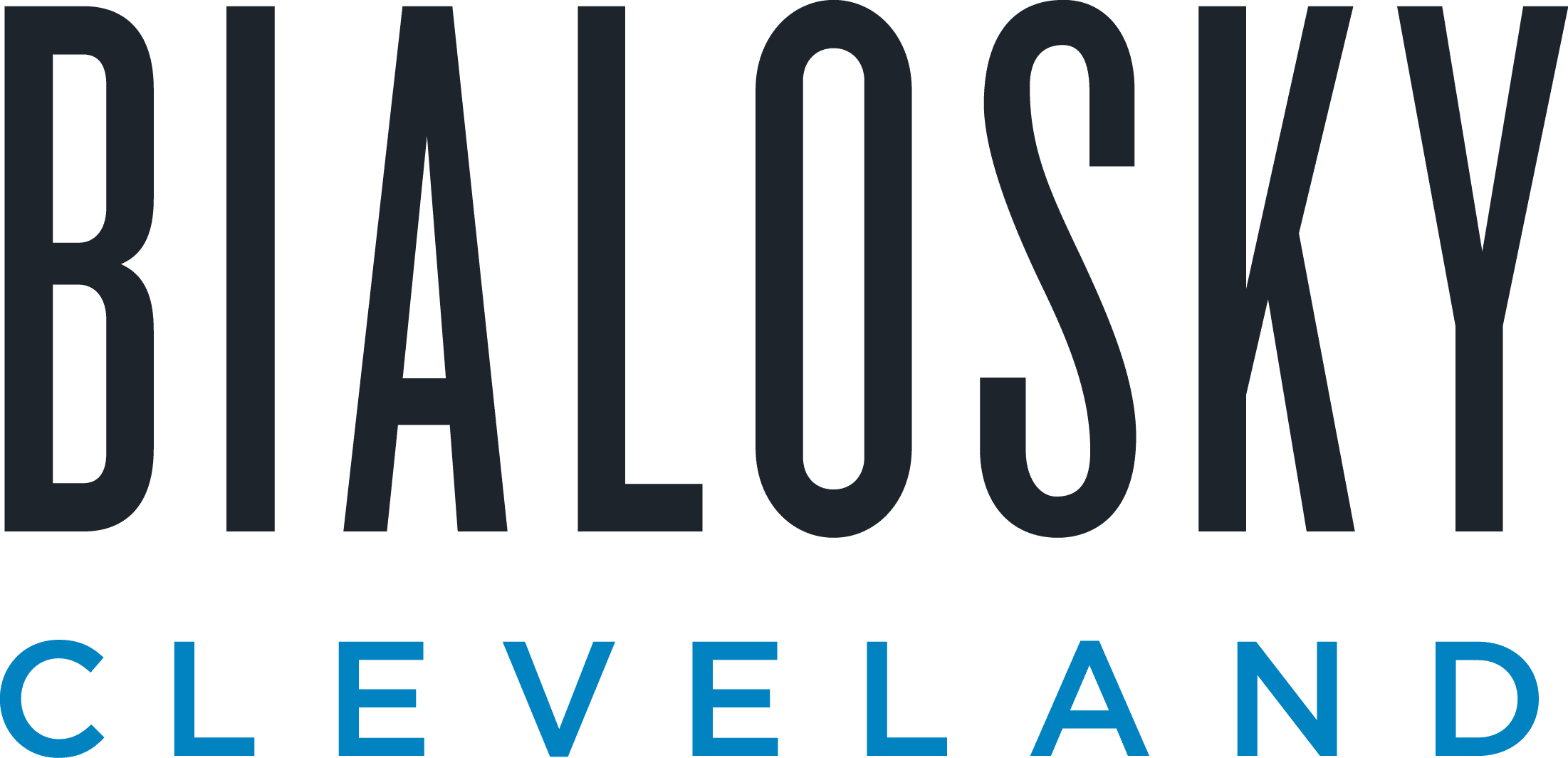
Featured Client Testimonials
Barnes Wendling (especially Lena) did a great job with our financials. Everything. It is extremely refreshing and comforting to know that all of our numbers are not only correct, but they are in the right place(s). Your diligence and reporting truly does make me (personally) feel better.
Thomas Adomaitis - Controller, Bialosky Cleveland

Featured Client Testimonials
I can wholeheartedly tell you that I have yet to work with an audit or tax team that have been more helpful, easy to work with, and committed than the team at Barnes Wendling- I have been through three different firms in the last few years.
Michelle Saylor, Former Controller, Aero Mag
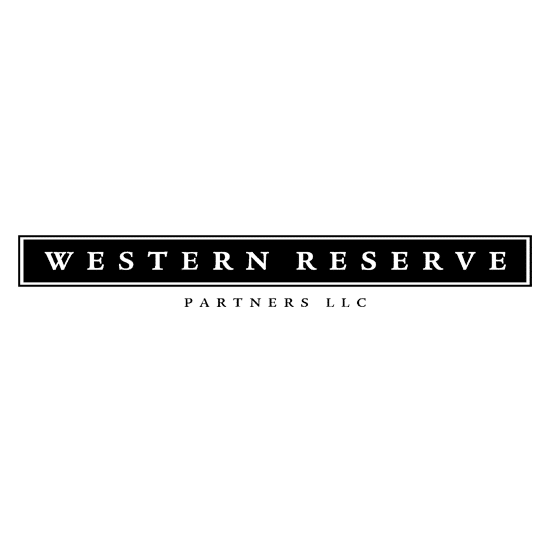
Featured Client Testimonials
Floyd Trouten at Barnes Wendling CPAs is an “expert’s expert” when it comes to M & A accounting. Not only does he understand the evolving details of the Tax Code but he also sees the fine points of their application for owners, managers, investors, and financiers.
Mark A. Filippell, Western Reserve Partners

Featured Client Testimonials
The service is amazing at Barnes Wendling CPAs. The benefit is worth more than the cost. Sometimes it’s true that you get what you pay for.
Mark Boucher - Former Owner, Castle Heating & Air





